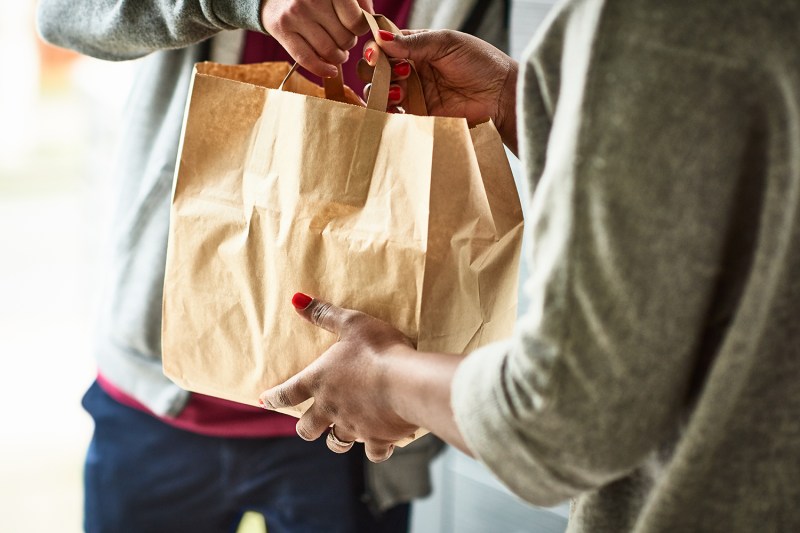
Believe it or not, we’re over a year into this pandemic. By now, most of us have adapted to working from home and living almost entirely at our houses. For most people, that means dining 24/7 at home, too. Cities and towns across the U.S. are regularly updating and re-updating their rules and regulations on dining and drinking out. That has left many of us scrambling for our usual restaurant delivery fix. Fortunately, every major food delivery service is still operating, making it entirely possible for us not to leave the house (or our lounge pants) for the foreseeable future. Here are our favorite food delivery options:
Walmart+

Even Walmart is getting in on the food delivery game with the all-new Walmart+ service. For less than $100 annually, your membership includes free delivery from your local store (a $35 minimum order is required here, and restrictions apply). Once you order $35 worth of goods — including groceries, gadgets, clothing, and anything else your area Walmart stocks — delivery as soon as the same day is free. The number of deliveries is unlimited, and members also score member pricing at Sam’s Club fuel centers and 5 cents per gallon off fuel at Walmart and Murphy stations nationwide. Plus, in-store shoppers can check out right from their smartphone with mobile scan and go. Take a 15-day test drive of the service for free.
- The good: Low, low prices on up to 180,000 items with unlimited same-day deliveries.
- The bad: Nothing, really.
Postmates
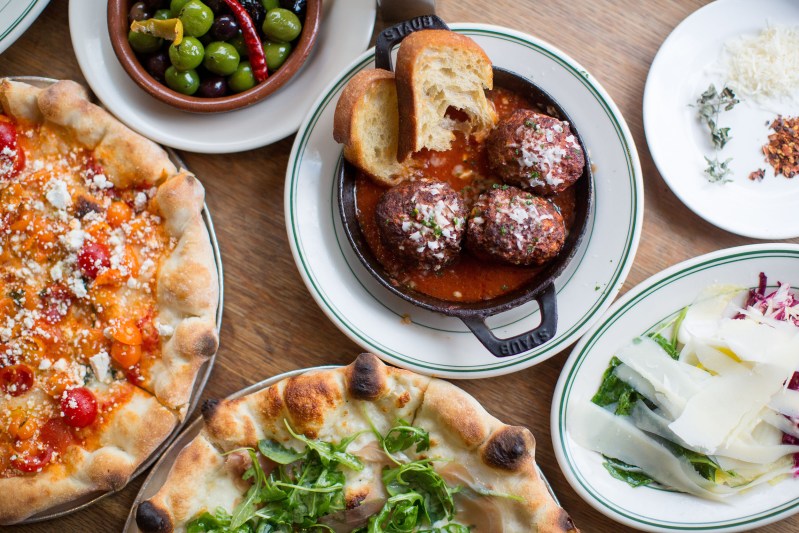
Postmates might make this whole pesky pandemic survivable. Customers can order just about anything — groceries, convenience store items, restaurant meals, and booze — and have it all delivered in less than an hour. With a Postmates Unlimited subscription, customers enjoy free unlimited deliveries for every order totaling at least $12. Considering many of us are still hesitant to spend too much time out of the house, the service could pay for itself inside of a week.
- The good: Delivery of groceries, restaurant food, and booze in less than an hour.
- The bad: Nothing really.
Instacart
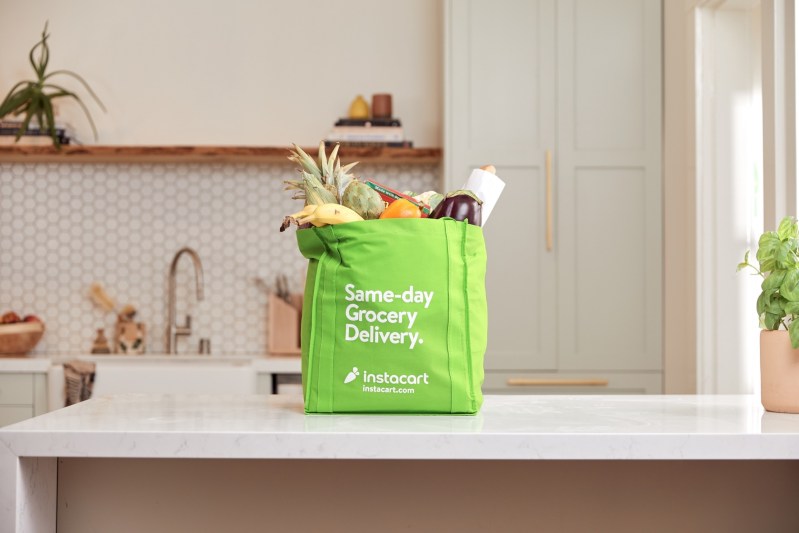
Like Postmates, Instacart has been a game-changer for most of us. The all-in-one service puts delivery of your favorite stores’ entire inventory at your fingertips. From groceries and pharmacy goods to snacks and even alcohol, Instacart delivers it all. For anyone not planning to leave their house any time soon, the app makes it possible to shop for almost anything you might consume, all from the comfort of your couch.
- The good: Same-day delivery from more than 20,000 retailers in many U.S. cities.
- The bad: No restaurant food delivery.
Grubhub
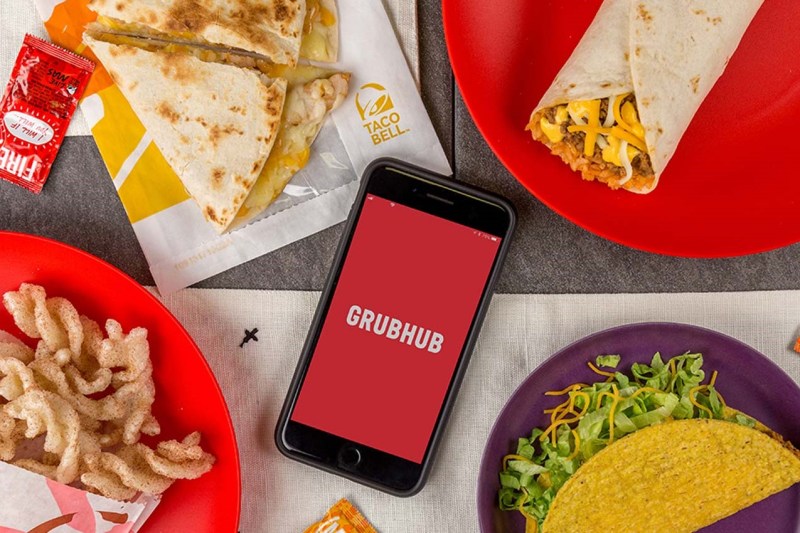
Based on the size of its network, Grubhub is the undisputed king of restaurants’ best food service delivery. The site operates in more than 3,200 U.S. cities and includes nearly every major chain and many local eateries as well. Customers can choose no-contact delivery or opt to pick up their orders if they’d prefer to keep strangers away from their homes.
- The good: During the coronavirus crisis, the Grubhub Community Relief Fund is collecting charitable donations to support local restaurants and Grubhub drivers impacted by the pandemic.
- The bad: The sudden increase in business means your food might be cold by the time it arrives.
DoorDash
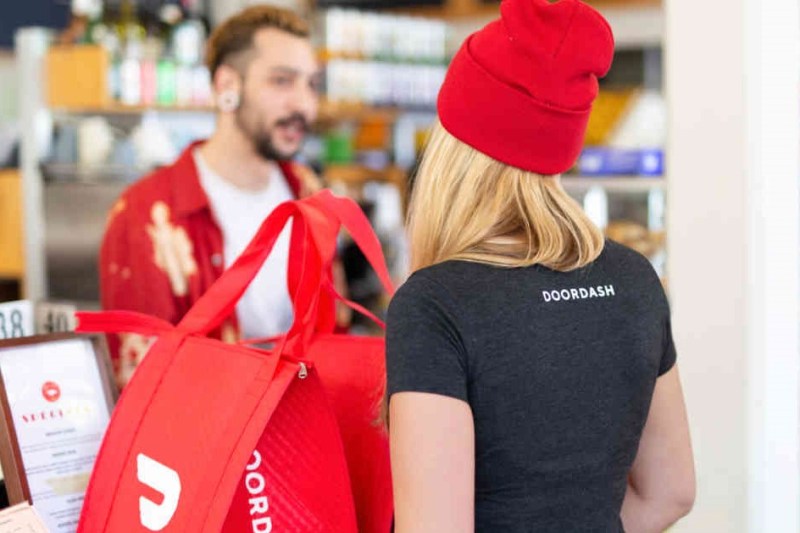
For lovers of dining out, DoorDash is another godsend. Depending on where you live, the app puts the menus of most of your favorite restaurants at your fingertips. Customers can quickly filter their options by cuisine type, price, and dietary restrictions (like vegan or gluten-free). Many participating restaurants are offering deeply discounted or, in some cases, free delivery to bolster business during the pandemic. For just $10 per month, the DoorDash DashPass subscription guarantees free or cheap food delivery service fees for orders over $10.
- The good: Contact-free delivery from most of your favorite local restaurants.
- The bad: Because orders have skyrocketed of late, some deliveries can take an hour or more.
Remember to be smart about wearing a mask and social distancing with your delivery orders according to your local regulations. Apps like Grubhub and DoorDash have made “no-contact” the default delivery option. For those who haven’t, it’s wise to request it in the “notes” section of every order.
Factor
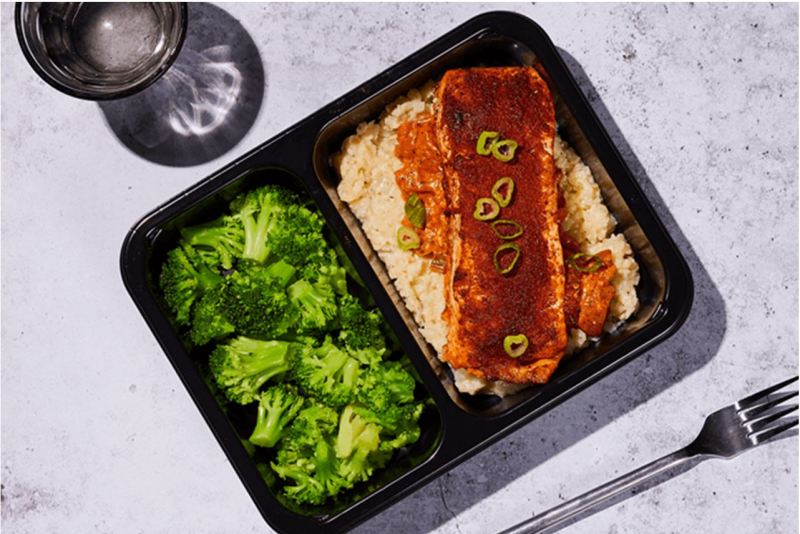
Factor sets the bar high for your desired quality and taste of fully-prepared food delivery meals. When you visit its website to order, you have the option to choose from ketogenic, low-carb, low-calorie, and plant-based recipes. Factor’s team of culinary experts, along with its registered dietitians, carefully crafts meals so delicious you won’t even think they’re packed with nutrients. You can also try one of its weekly meal plans, with 12 meals per week.
- The good: You don’t have to worry about prepping. All meals are ready to heat and eat in minutes.
- The bad: Other than its price point, nothing really.
Order Local
This is not a service, per se, but it is the most direct way to get food while supporting local businesses. If you’re looking for your favorite burger, or pho, or whatever, call the restaurant (or check its website) to see if it is offering delivery. This not only gives you the food you want but helps keep your local places afloat.
- The good: You’re supporting local businesses in the most direct way possible.
- The bad: Many places may not be set up for delivery (or, depending on where you live, it may not be allowed).
Also, many food delivery drivers earn little more than minimum wage. That seems particularly egregious during a pandemic when they’re essentially risking their lives to deliver burritos and sushi. If you’re able, consider tipping well. No matter the size of the order, a $5 gratuity should be the absolute minimum. It’s the right thing to do.



